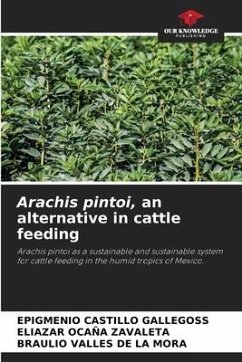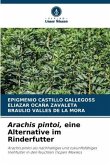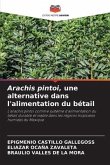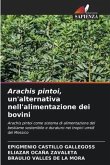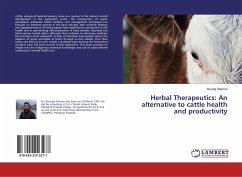The intensification of livestock systems is normally accompanied by the use of chemical nitrogen fertilizers, but these can be substituted by the nitrogen biologically fixed by leguminous plants associated with existing grasses in the pasture, which can lead to an increase in biomass production. Traditionally, animal production systems in the Mexican tropics are based on the use of native forage species of low productivity. However, when the intention is to intensify animal production, introduced forage species are used, both grasses and legumes; but in the case of the latter, their permanence in the field is short, that is why the use of Arachis pintoi; associated with grasses; has been noted for its persistence under grazing, but its survival mechanisms are not fully understood to date, so this study aims to provide a minimum part of the basic knowledge of these mechanisms, in order to improve the management of these species under the conditions of the Mexican humid tropics.This would allow the sustainability of dual-purpose cattle raising.

